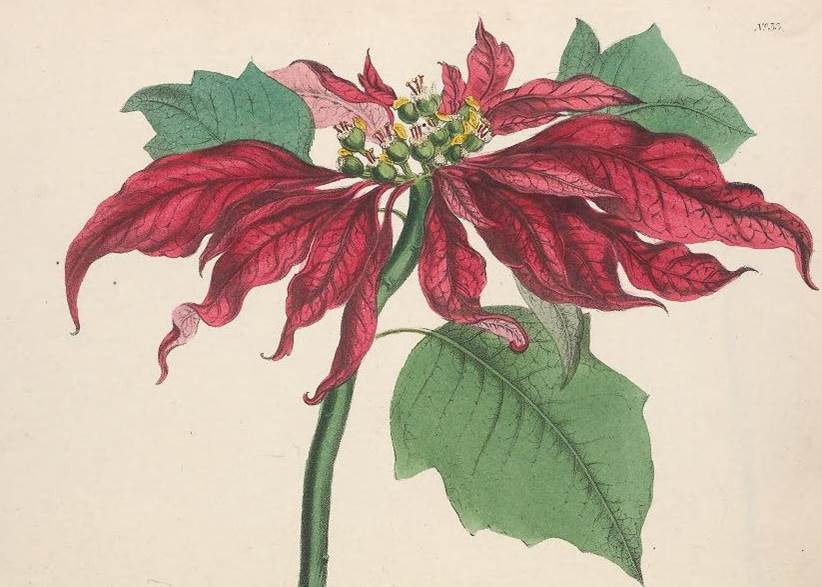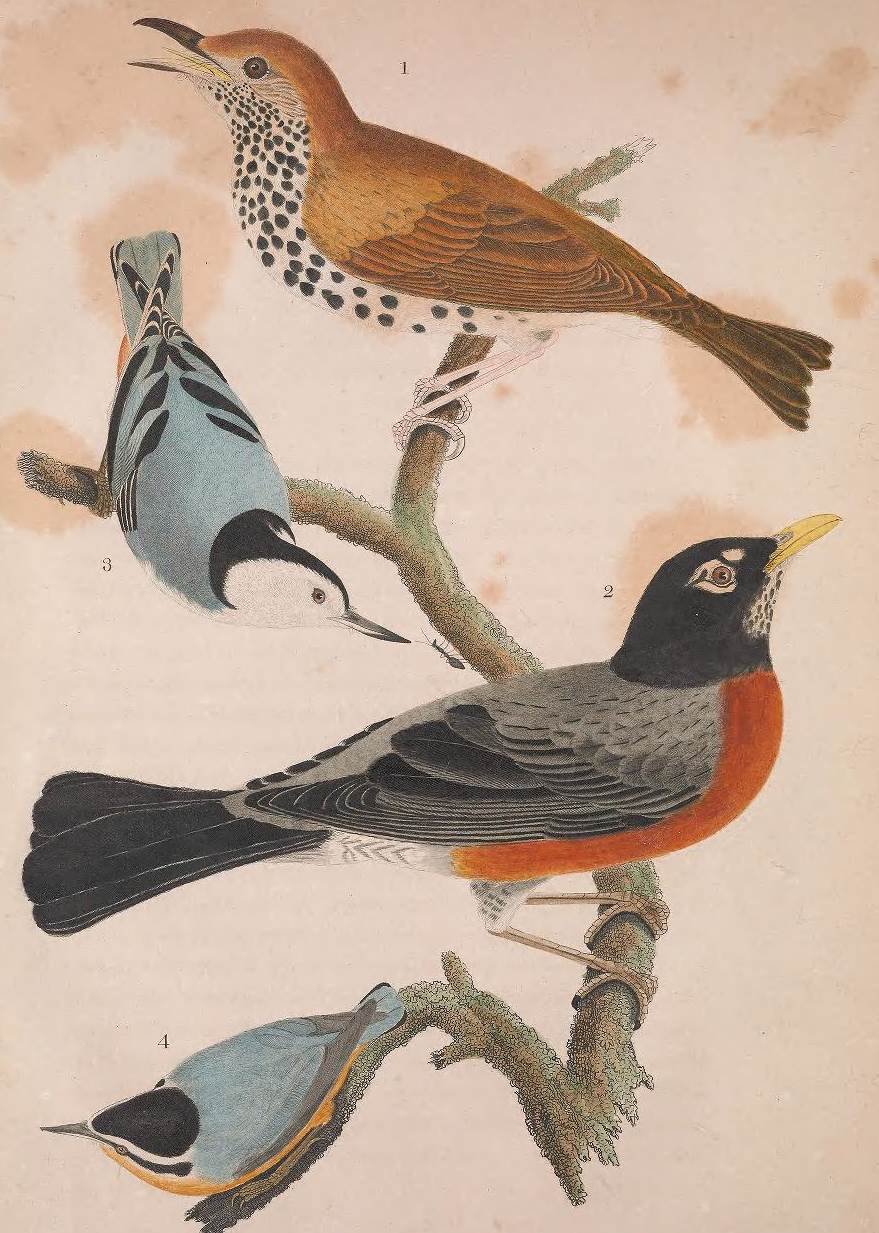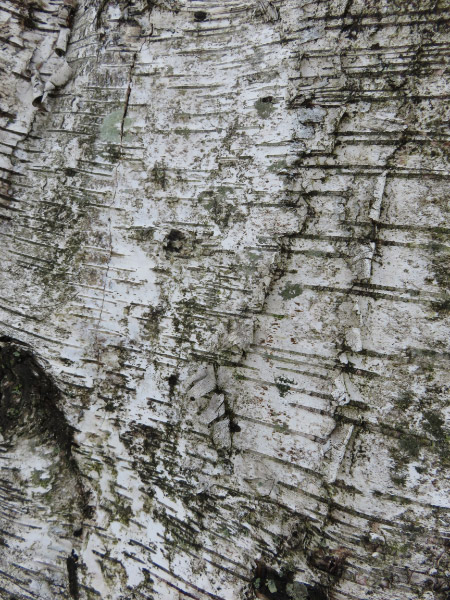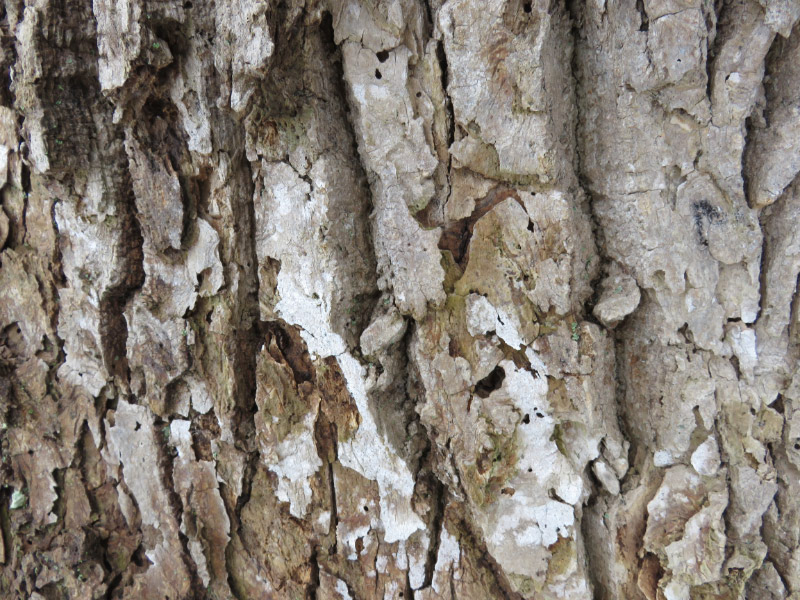3 Free eBooks - July 2015
/The three picks for this month are all biologically oriented - flowers, quadrupeds and birds…and they are all a series of books (so instead of just 3 books - the total is more like

Knowles, George Beauchamp and Westcott, Frederic. The floral cabinet and magazine of exotic botany. London: William Smith. 1837. Three volumes available at the Internet Archive: volume 1, volume 2, volume 3. Keep in mind the date…and enjoy the colorful renditions of flowers - some of the very familiar like the poinsettia I clipped as an example.
Audubon, John James; Bachman, John; Audubon, John Woodhouse. Quadrupeds of North America. New York: V.G. Audubon. 1851. The volumes available at the Internet Archive: volume 1, volume 2, volume3. John James Audubon is famous for birds but this series - published at the end of his life - shows that he was interested in more than birds. His son did some (maybe most) of the artwork in the series. Some of the animals are posed awkwardly - just as some of the birds were in earlier work. I liked the chipmunks.

Wilson, Alexander. American ornithology, or, The natural history of the birds of the United States : illustrated with plates engraved and colored from original drawings taken from nature. Philadelphia: Published by Bradford and Inskeep. Printed by Robert Carr. 1808. There are 9 volumes on the Internet Archive: V 1, V 2, V 3, V 4, V 5, V 6, V 7, V 8, and V 9. Wilson was the greatest American ornithologist before Audubon.
























